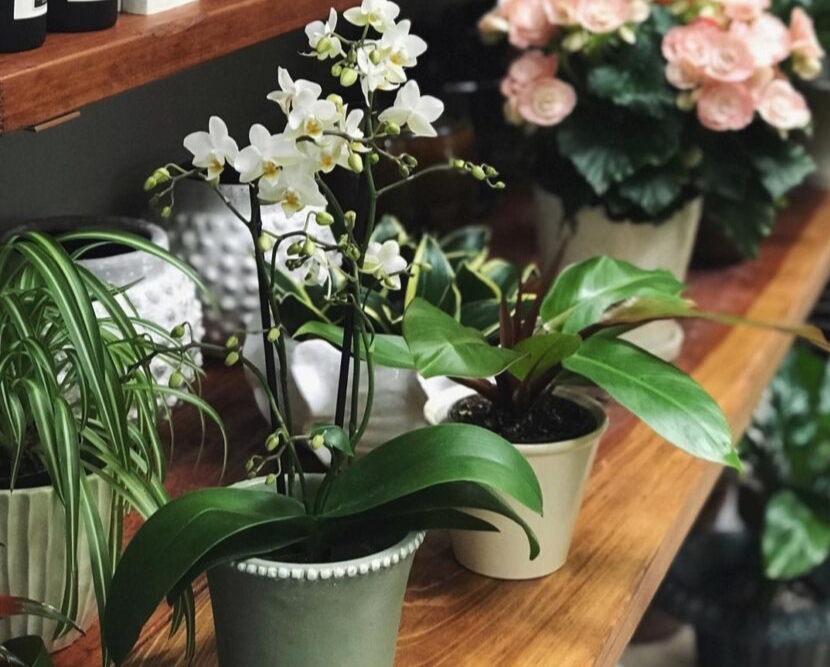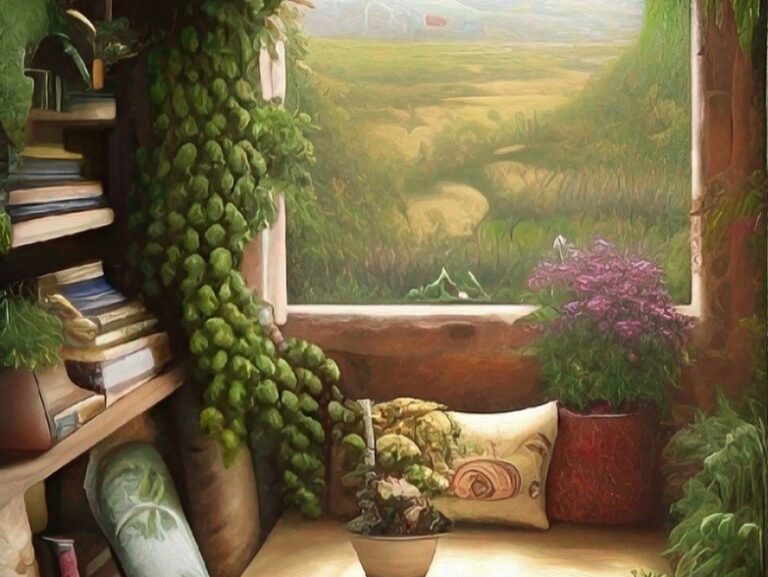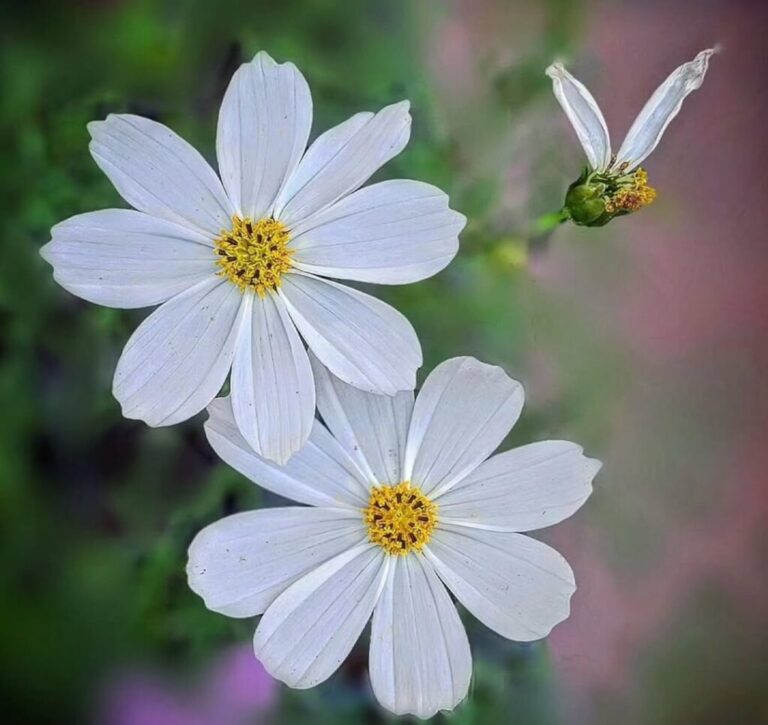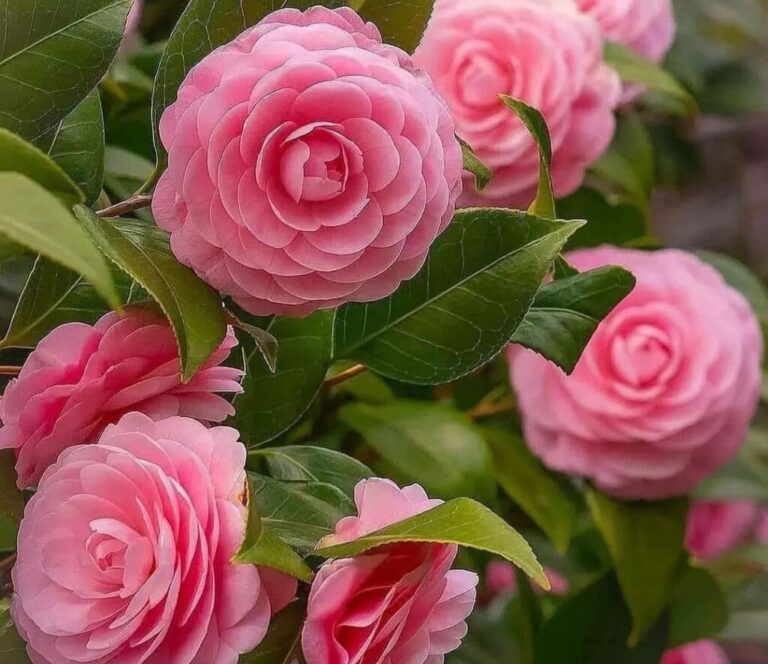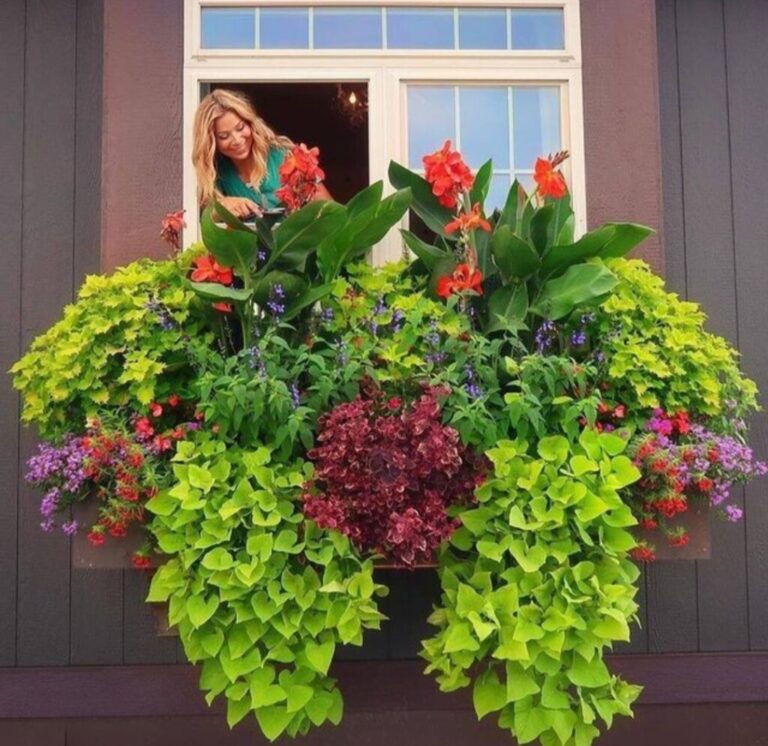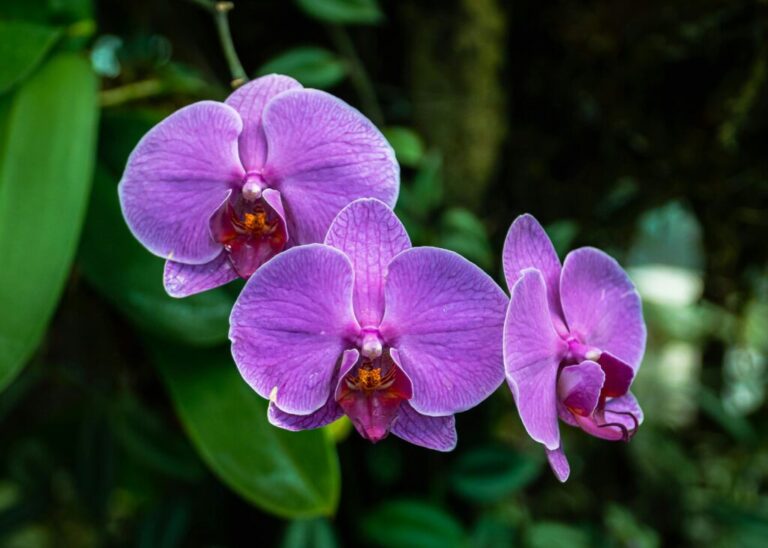Indoor plants bring life, color, and a sense of tranquility to any home, but not all rooms receive the bright, natural sunlight that many plants need to thrive. If you have a dimly lit apartment, a shady office, or a room with few windows, you might think that growing plants indoors isn’t an option. However, the good news is that many plants not only tolerate but actually prefer low-light environments. These resilient species can flourish with minimal sunlight, adding beauty and fresh air to your space with little effort.
Whether you want to enhance your décor, purify the air, or simply enjoy the presence of nature indoors, choosing the right low-light plants is key. Some plants, like snake plants and pothos, are known for their ability to adapt to almost any lighting condition. Others, such as peace lilies and ferns, thrive in indirect light and bring an elegant, lush look to a room. Many of these plants are also incredibly low-maintenance, making them perfect for beginners or anyone with a busy lifestyle.
In this guide, we’ll explore the best indoor plants for low-light spaces, highlighting their unique benefits, care tips, and how they can transform your home into a green sanctuary. Whether you’re looking for a statement plant for your living room, a compact option for your desk, or an elegant touch for your bedroom, you’ll find plenty of great choices to suit your space. Let’s dive in and discover which plants will thrive in your home, even without direct sunlight!
- 1 The best indoor plants for low-light spaces
- 2 Snake Plant (Sansevieria trifasciata)
- 3 ZZ Plant (Zamioculcas zamiifolia)
- 4 Peace Lily (Spathiphyllum)
- 5 Neon Pothos (Epipremnum aureum ‘Neon’)
- 6 Cast Iron Plant (Aspidistra elatior)
- 7 Spider Plant (Chlorophytum comosum)
- 8 Chinese Evergreen (Aglaonema)
- 9 Golden Pothos ( Epipremnum aureum )
- 10 Dragon Tree (Dracaena)
- 11 Rubber Plant (Ficus elastica)
- 12 Janet Craig (Dracaena deremensis)
- 13 Heartleaf Philodendron (Philodendron scandens)
- 14 Boston Fern (Nephrolepis exaltata)
- 15 Dumb Cane (Dieffenbachia)
- 16 Calathea (Peacock Plant)
- 17 String of Pearls (Senecio rowleyanus)
- 18 Chinese Money Plant (Pileapeperomioides)
The best indoor plants for low-light spaces

Snake Plant (Sansevieria trifasciata)
This is a tough, low-maintenance plant that is perfect for low-light spaces. It is easy to care for and can survive in a range of temperatures and conditions.
Why it’s great: Extremely low-maintenance and known for purifying indoor air.
Common Problem: Leaves becoming mushy
Solution: Reduce watering and ensure well-draining soil to prevent root rot.
Common Problem: Leaves losing variegation
Solution: Move to a brighter spot with indirect sunlight.

ZZ Plant (Zamioculcas zamiifolia)
The ZZ plant is another hardy choice for low-light spaces. It is an attractive plant that is easy to care for and can grow quite tall if given enough room.
Why it’s great: Nearly indestructible and thrives on neglect, making it perfect for beginners.
Common Problem: Yellowing leaves
Solution: Let the soil dry out before watering—overwatering is the usual culprit.
Common Problem: Slow growth
Solution: Place in a slightly brighter location and fertilize monthly during spring and summer.

Peace Lily (Spathiphyllum)
The peace lily is an attractive plant that is easy to grow in low-light conditions. It is also a good air purifier, making it a great choice for homes and offices.
Why it’s great: Elegant white blooms and excellent air-purifying properties.
Common Problem: Drooping leaves
Solution: Water when the soil feels dry—peace lilies are sensitive to drought.
Common Problem: Brown leaf tips
Solution: Use filtered water to avoid chlorine and fluoride buildup.

Neon Pothos (Epipremnum aureum ‘Neon’)
Pothos is a popular houseplant that is easy to care for and looks great in low-light spaces. It is a trailing plant that can grow quite long if given enough room.
Why it’s great: Vibrant lime-green foliage that brightens up any low-light space.
Common Problem: Leaves turning dull or dark green
Solution: Move to brighter indirect light to maintain its neon hue.
Common Problem: Leggy growth
Solution: Trim back vines to encourage bushier growth.

Cast Iron Plant (Aspidistra elatior)
The cast iron plant is a tough and resilient plant that can survive in even the toughest conditions. It is ideal for low-light spaces and can grow quite tall if given enough room.
Why it’s great: Extremely durable and can withstand neglect, making it ideal for busy plant owners.
Common Problem: Brown leaf tips
Solution: Keep the soil slightly moist and increase humidity if the air is too dry.
Common Problem: Yellowing leaves
Solution: Avoid direct sunlight, as this plant prefers deep shade.

Spider Plant (Chlorophytum comosum)
The spider plant is a low-maintenance plant that is perfect for low-light spaces. It is also a good air purifier, making it a great choice for homes and offices.
Why it’s great: Hardy and produces baby plantlets that can be propagated easily.
Common Problem: Brown leaf tips
Solution: Use distilled water to prevent salt and mineral buildup.
Common Problem: No baby plants
Solution: Give it bright, indirect light and occasional fertilization.

Chinese Evergreen (Aglaonema)
The Chinese evergreen is a low-maintenance plant that is ideal for low-light spaces. It is an attractive plant that is easy to care for and can grow quite tall if given enough room.
Why it’s great: Colorful foliage with shades of green, red, and silver, perfect for low-light areas.
Common Problem: Wilting leaves
Solution: Keep the soil slightly moist but not soggy.
Common Problem: Fading leaf color
Solution: Move to a slightly brighter spot without direct sunlight.

Golden Pothos ( Epipremnum aureum )
Why it’s great: A trailing, air-purifying vine that’s easy to grow and propagate.
Common Problem: Yellow leaves
Solution: Let the soil dry between watering—overwatering is the usual cause.
Common Problem: Leggy vines
Solution: Prune regularly and provide more indirect light.

Dragon Tree (Dracaena)
The dragon tree is a popular houseplant that is easy to care for and looks great in low-light spaces. It can grow quite tall if given enough room, making it a great choice for large spaces.
Why it’s great: A tall, striking plant that adds an exotic touch to indoor spaces.
Common Problem: Brown leaf tips
Solution: Increase humidity and avoid tap water with high fluoride content.
Common Problem: Drooping leaves
Solution: Water when the topsoil is dry but don’t let it sit in water.

Rubber Plant (Ficus elastica)
The rubber plant is an attractive plant that is easy to care for and is perfect for low-light spaces. It can grow quite tall if given enough room, making it a great choice for large spaces.
Why it’s great: Large, glossy leaves that add a bold, dramatic look to any room.
Common Problem: Leaves dropping
Solution: Avoid moving the plant frequently—rubber plants dislike sudden changes.
Common Problem: Sticky residue on leaves
Solution: Check for pests like scale insects and wipe leaves with neem oil.

Janet Craig (Dracaena deremensis)
The Janet Craig is a popular houseplant that is easy to care for and looks great in low-light spaces. It is a great choice for homes and offices, and can grow quite tall if given enough room.
Why it’s great: A low-maintenance plant with deep green, glossy leaves.
Common Problem: Brown leaf edges
Solution: Increase humidity and water when the soil feels dry.
Common Problem: Yellowing lower leaves
Solution: This is normal aging—just remove old leaves as new ones grow.
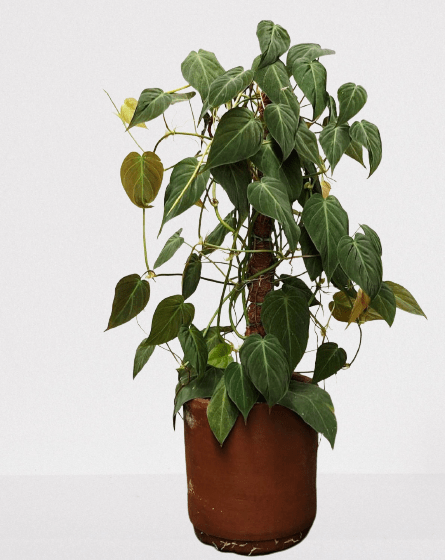
Heartleaf Philodendron (Philodendron scandens)
Philodendrons are a popular houseplant that is easy to care for and is perfect for low-light spaces. They are also good air purifiers, making them a great choice for homes and offices.
Why it’s great: A trailing plant with heart-shaped leaves, perfect for hanging baskets.
Common Problem: Sparse, leggy growth
Solution: Pinch back stems to encourage bushier growth.
Common Problem: Leaves turning yellow
Solution: Water only when the top inch of soil is dry.

Boston Fern (Nephrolepis exaltata)
This classic fern is a great choice for low-light spaces, and can also help to increase humidity in dry environments
Why it’s great: Feathery, arching fronds create a lush, elegant look while also improving air quality.
Common Problem: Leaves turning brown and crispy
Solution: Increase humidity by misting daily or placing a humidifier nearby.
Common Problem: Fronds turning yellow
Solution: Keep the soil consistently moist but not soggy—avoid letting it dry out completely.
Common Problem: Sparse or leggy growth
Solution: Trim dead fronds and feed with a diluted liquid fertilizer once a month during the growing season.

Dumb Cane (Dieffenbachia)
This attractive plant is easy to care for, and is a great choice for low-light spaces.
Why it’s great: Large, tropical leaves add a lush feel to any indoor space.
Common Problem: Leaf edges turning brown
Solution: Increase humidity by placing near other plants or using a pebble tray.
Common Problem: Drooping leaves
Solution: Water when the top inch of soil feels dry, but avoid soggy soil.

Calathea (Peacock Plant)
The Calathea is a beautiful plant with striking leaves, and it can thrive in low-light conditions.
Why it’s great: Striking, patterned foliage that moves with the light.
Common Problem: Curling leaves
Solution: Maintain high humidity and avoid dry air from heaters or AC.
Common Problem: Brown leaf tips
Solution: Use filtered or distilled water to prevent mineral buildup.

String of Pearls (Senecio rowleyanus)
This trailing plant is a great option for low-light spaces, and can also help to purify the air.
Why it’s great: Unique, trailing succulent with pearl-like leaves.
Common Problem: Shriveling pearls
Solution: Water thoroughly but allow the soil to dry out between waterings.
Common Problem: Leggy growth
Solution: Provide bright, indirect light to maintain a compact shape.

Chinese Money Plant (Pileapeperomioides)
This low-maintenance plant is easy to care for, and is also a good air purifier.
Why it’s great: Cute, coin-shaped leaves that add charm to any space.
Common Problem: Leaves drooping
Solution: Water when the soil is dry to the touch but avoid overwatering.
Common Problem: Uneven growth
Solution: Rotate the pot weekly to encourage even light exposure.
